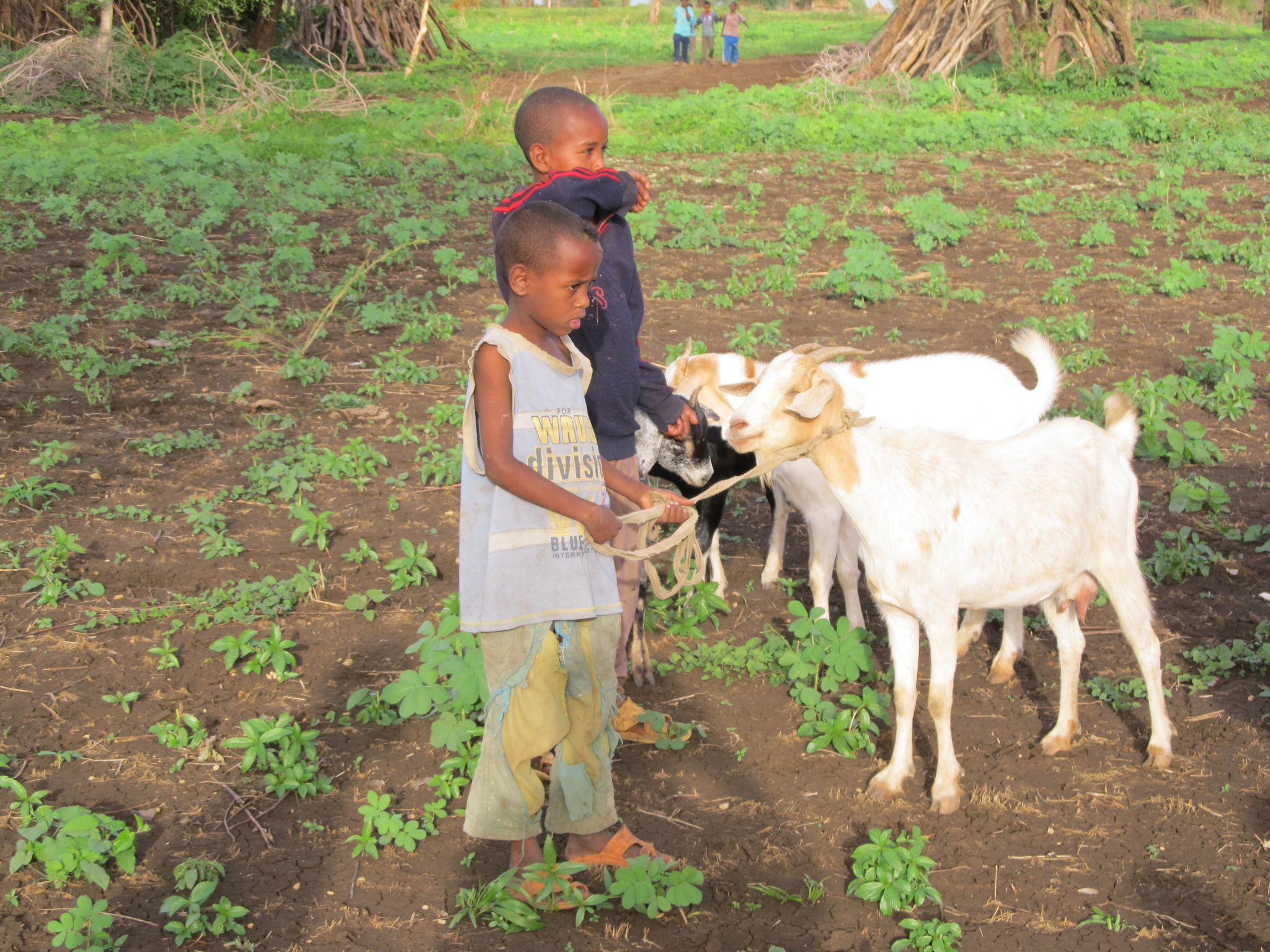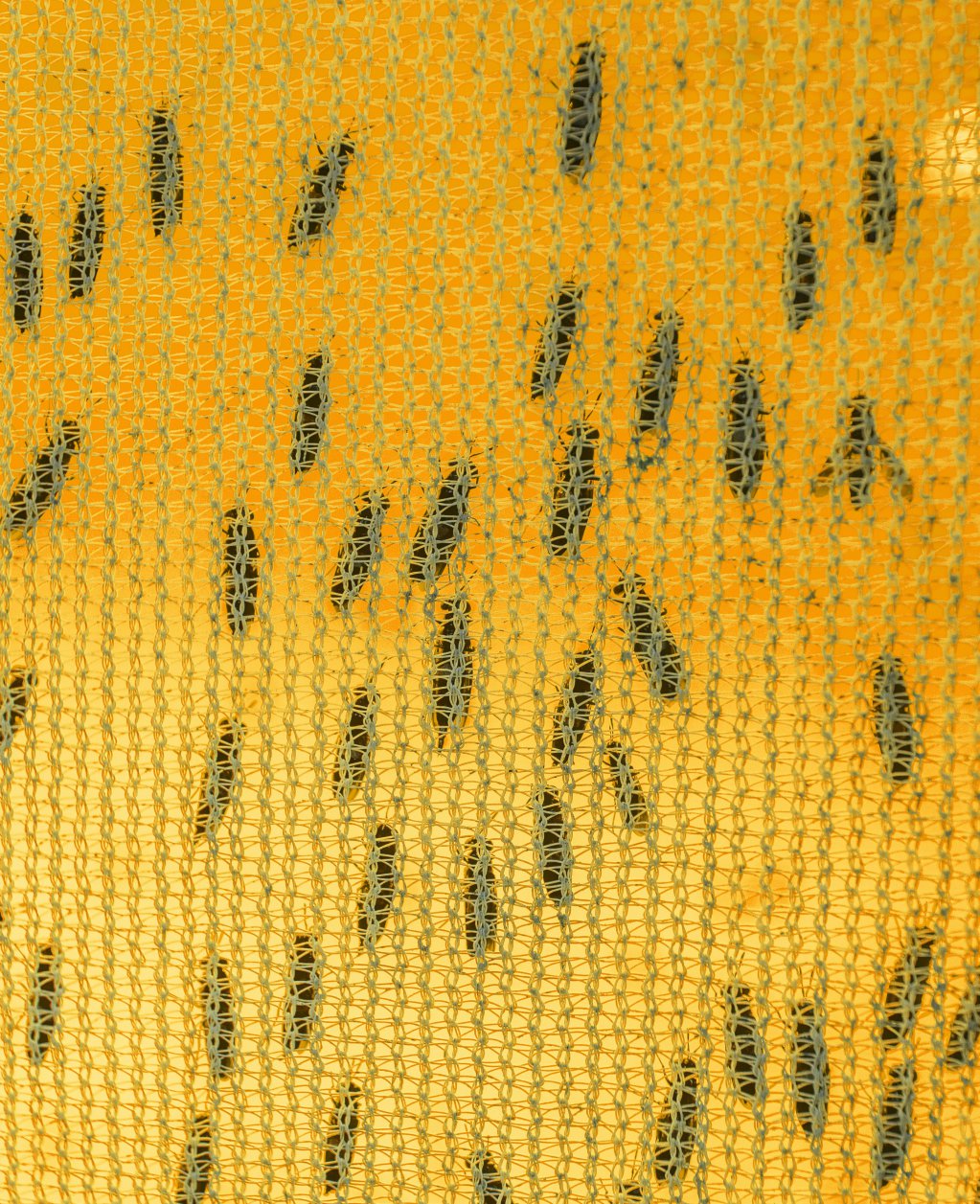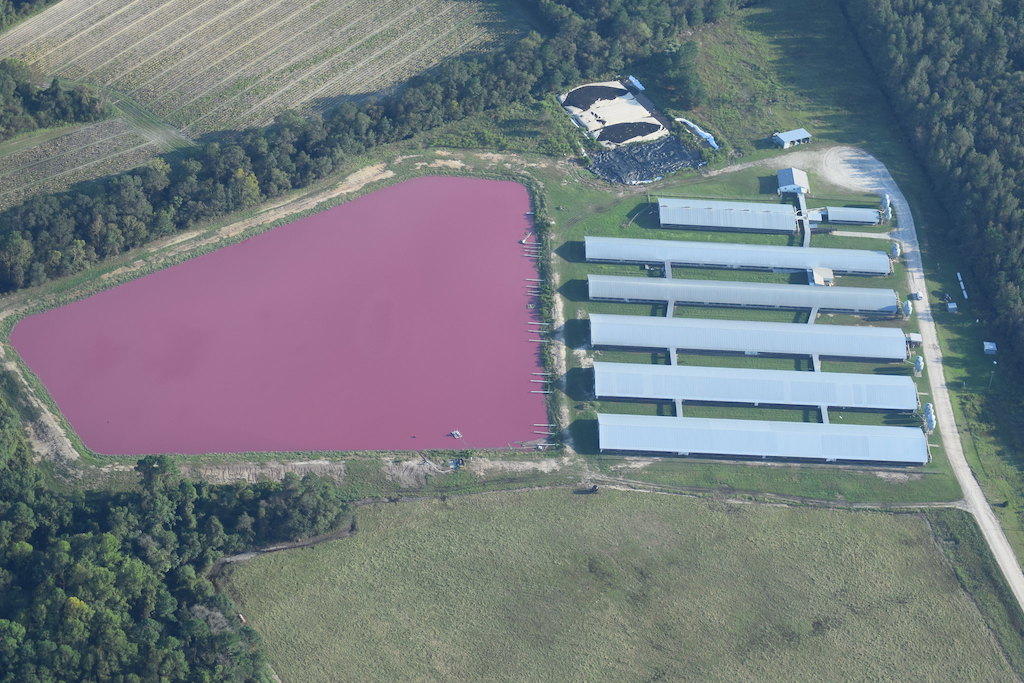Since the beginning of the Donald Trump presidential experiment, his administration has hammered home the idea of putting American interests first when it comes to foreign policy. “America first” is now just another made-for-television catchphrase perpetually uttered during these very strange times.
With this agenda in mind, however, the current administration is actually doing something else. It’s making America the number one bystander on the world stage. The reputation of the United States as the global ambassador; helping craft the conversation on trade and human rights, is quickly being chipped away at. President Trump and the White House tout this America-centric position as being beneficial to our people and economy, but scaling back our sphere of influence can cause a chain reaction of crises that affect everyone on the planet.
GAFSP was created in 2009 in response to the world food crisis of 2008 and was a pivotal cog in former President Barack Obama’s “Feed the Future” initiative, with partners in Germany, Britain, South Korea, Japan, and the Bill and Melinda Gates Foundation. In the seven years between 2009 and 2016, around $1.2 billion in funds went to agricultural projects in 41 countries. The U.S. was the program’s largest contributor, accounting for one-third of the program’s finances—about $653 million.
In November, undersecretary for international affairs at the Treasury Department, David Malpass, submitted a written statement to the House Financial Service Committee stating that the U.S. would no longer fund the program that addresses food insecurity, access, and wages in some of the world’s poorest countries. The statement cited a desire “to achieve faster U.S. and global growth in ways that improve after-tax wages for American workers,” and a need to scale back on international working groups because of the strain on “staff time, energy, and often travel.” Even though only 7 percent of the program’s funds go toward overhead, the rest is funneled into various agriculture grants.
In both Ethiopia and Kenya, millions are already suffering from food shortages as both nations teeter on the brink of mass starvation
War, famine, and mass migration are linked by a common thread: poverty. Some of the world’s most destabilized regions are also the poorest. Ethiopia, Liberia, Kenya, Yemen, and the South Sudan are among the globe’s most disadvantaged nations; all also exist in a constant state of turmoil. Food and water have become their most valuable resources and those resources have, in turn, become tools of war, leading to more deaths than the fighting itself, as Hilal Elver, the U.N. Special Rapporteur on the Right to Food told the U.N. General Assembly in her annual report this October.
According to the World Food Bank, 75 percent of the world‘s poor live in rural areas, making agriculture twice as effective in ending poverty. During a panel discussion at the 2012 World Economic Forum in Switzerland, Bruno Le Maire, France’s minister of agriculture, food, fishing, rural affairs and spatial planning said, “Agriculture is back on the international agenda at the highest level. If we want to support the fight against hunger, we need the support of private investors. We need to keep the focus on the question of food security.”
Kenya, Ethiopia, and Yemen all receive funding from GAFSP.
But if that reality feels too big, too profound to bear, home in on Abla Akoda in Togo, West Africa, who will feel this loss in a very particular way. A fish trader by profession, Akoda struggled to keep her product fresh. To do so, she relied on the weather or spent most of her earnings on ice. When GAFSP began funding projects in her village, a simple ice-making machine transformed her work. “With the ice making equipment that we got from the project, my activity has improved and so has my income,” she said in a success story to InterAction, an alliance of NGOs with 180 members.
Last March, both Nepal and Myanmar were approved for funding by GAFSP
And back again to the wider worldview. Currently, at least 1.1 million Rohingya Muslims are stateless, suffering ongoing violence, and fleeing Myanmar. While the numbers are difficult to pinpoint, it is believed that more than 600 Rohingya have fled to Nepal, a country where 46 percent of the population already suffers from food insecurity. Last March, both Nepal and Myanmar were approved for funding by GAFSP. The money would help combat malnutrition and institute resilience farming. It is unclear how the $22.7 million committed to Nepal and the $27 million to Myanmar will be affected by the U.S.’ decision to withdraw from the program.
The notion that “America first” improves conditions in this country is only plausible if you believe world hunger and starvation don’t directly affect American interests across the globe. If that is the case, then America last may be more fitting.













